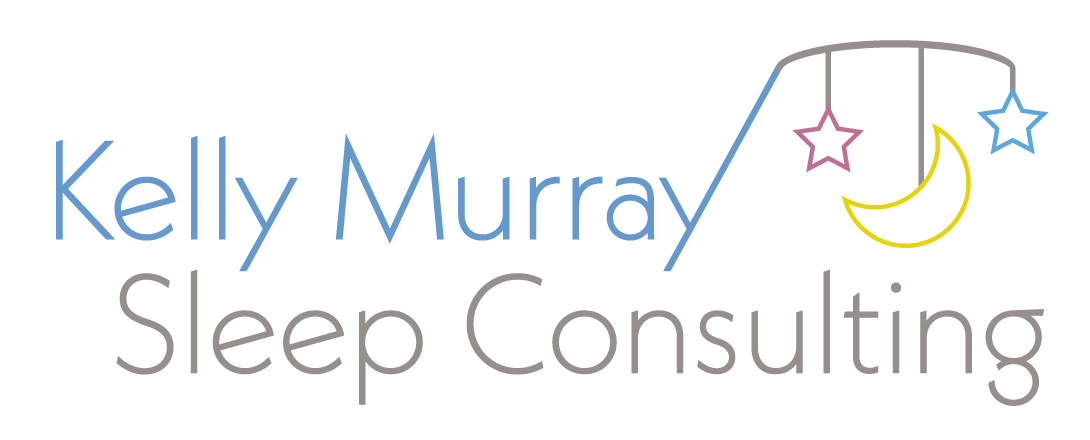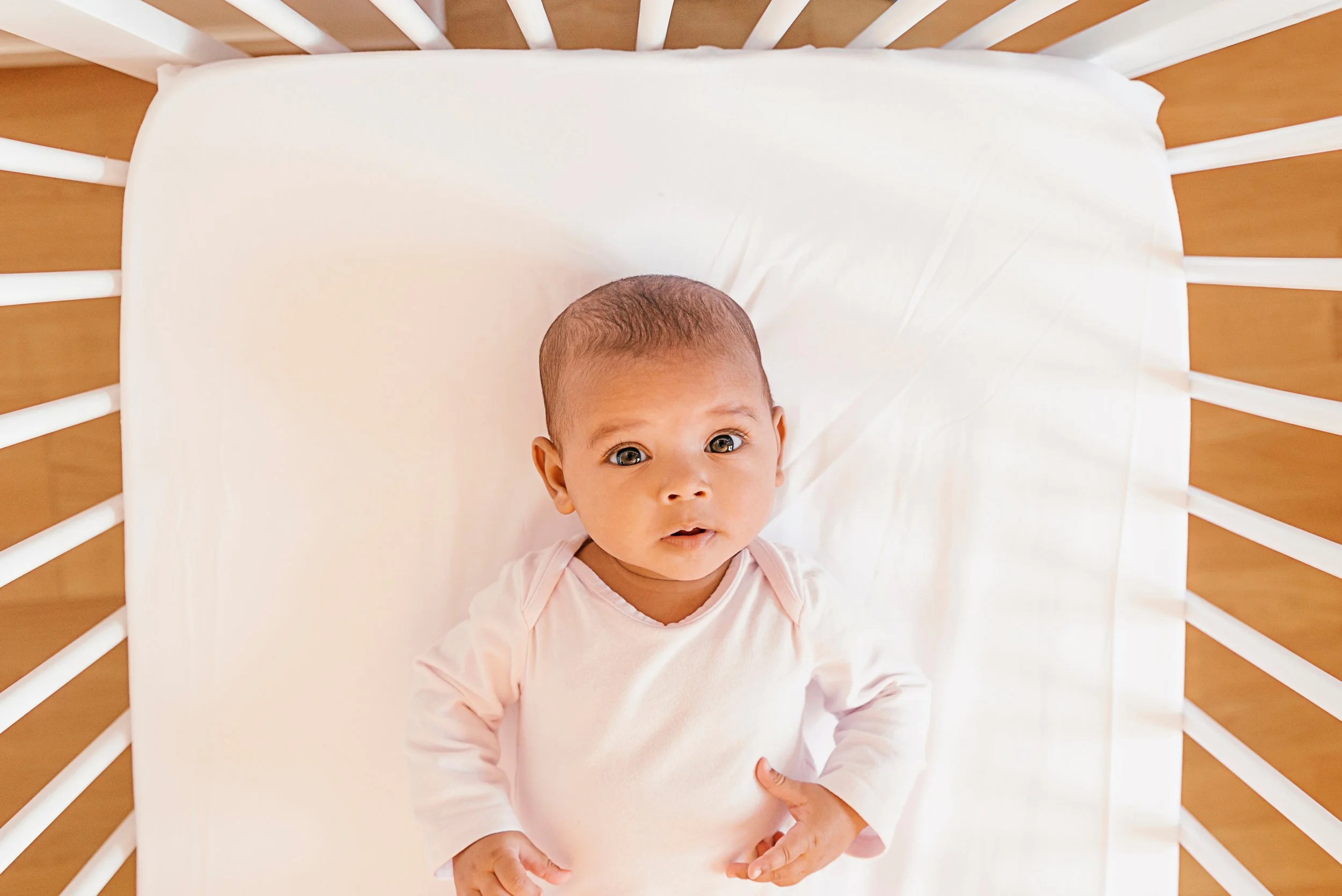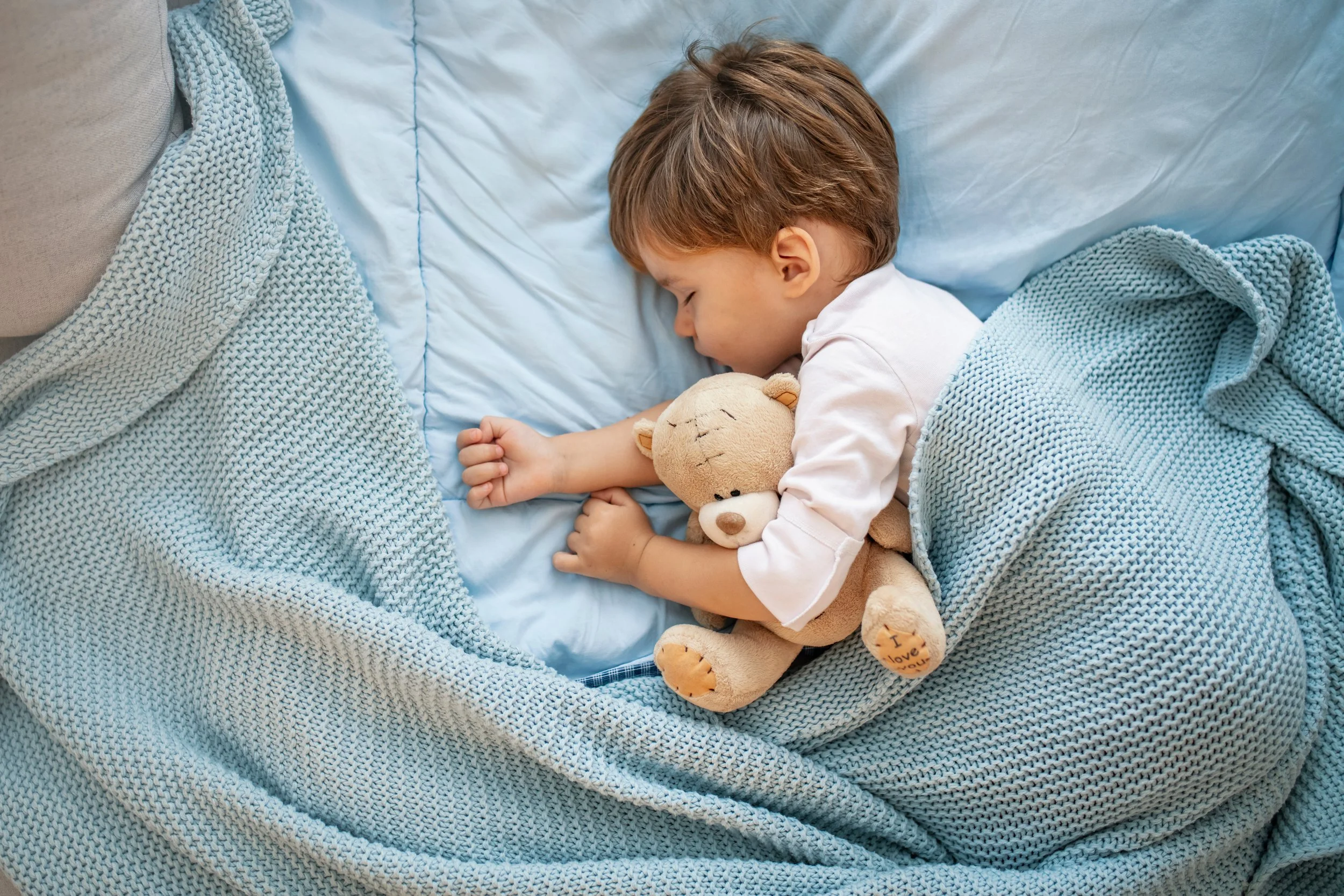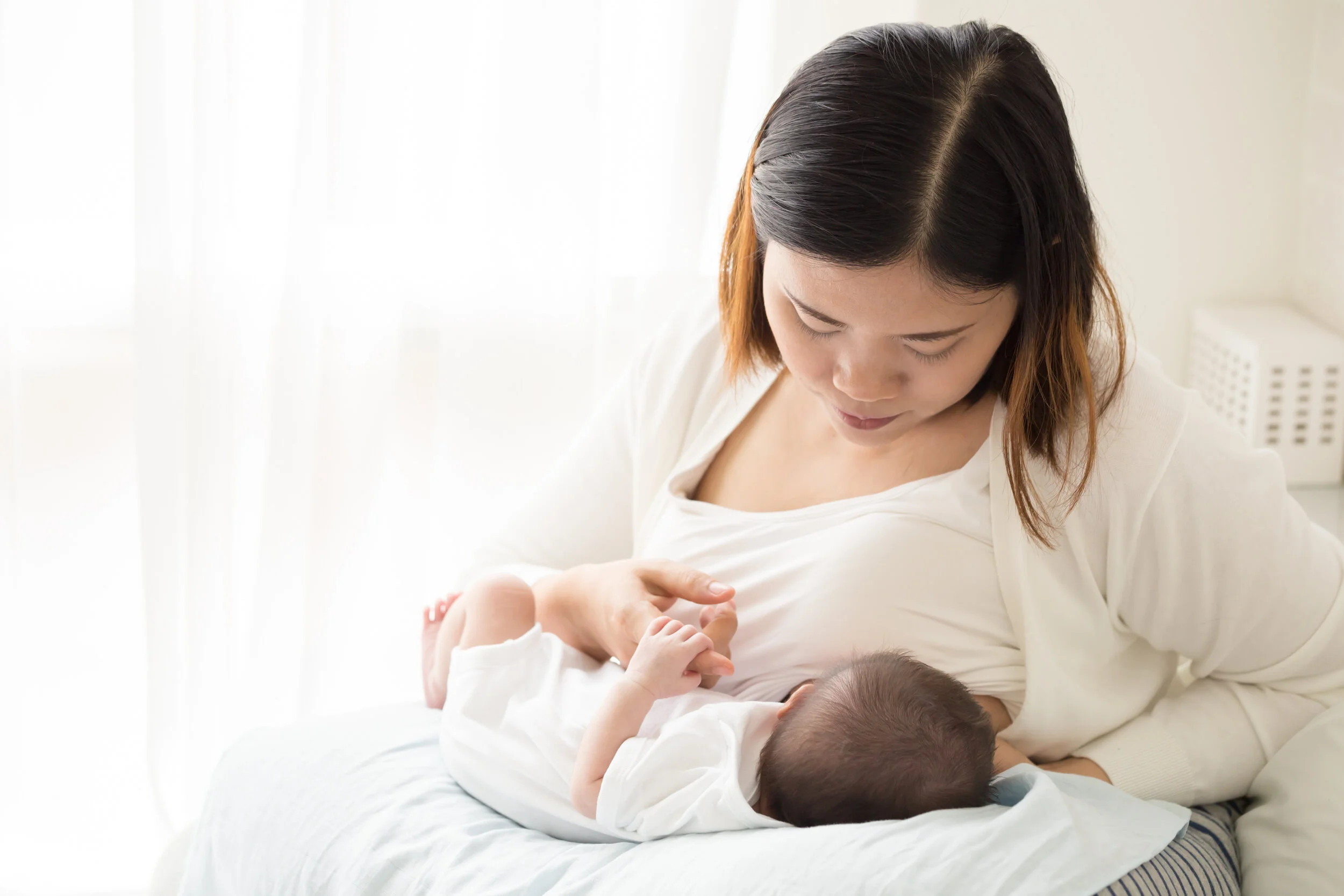If you have a young baby, then you’ve heard by now that you need to use wake windows when it comes to timing your kiddo's nap and bedtime.
If you're anything like me, when you first heard that, you were probably thinking:
“What the heck is a ‘wake window’?”
Don't worry. I got your back.
Today, I'm going to explain to you what a wake window is and talk to you about how to use them in order to come up with a good schedule for your kiddo.
How to Use Wake Windows to Help Your Baby Sleep Better
by Kelly Murray
What Is a Wake Window?
A wake window is the time in which you wait between picking your child up and out from their crib in the morning for wake-up or from ending a nap, and then when you put them back into their crib for a nap or bedtime.
I like to use a rule of thumb for defining wake windows of “crib to crib”.
Now, other sleep consultants may define wake windows in a different manner — and that is totally okay! But here at Kelly Murray Sleep, that is our definition: crib to crib.
Your Child’s Age Plays a Factor
A wake window range is going to be dependent on your child's age. I like to use wake windows to time naps and bedtime until the kiddo is on a two-nap schedule (which happens somewhere between seven to eight months).
Below are the wake windows I find that pretty much work well for all babies (and I've been doing this for over five years!)
Newborns — (0-3 months old)
If your baby is a newborn, then you want to keep your baby awake for very short periods of time, somewhere between 45 to 60 minutes.
Now, I know that doesn't sound like a lot of time (and it isn't!) All you're probably going to be able to do in that short period of time is feed your baby, change their diaper and play with them just a little bit before they go back down for a nap or go down for the night, and that's totally okay.
You don’t want to keep your baby up much longer than that window because then they're going to become overtired. When they become overtired, their body produces cortisol, the alert hormone, and it makes it hard for them to fall asleep and stay asleep. So trust me on this one. Keep those wake windows nice and short during the newborn phase.
The good news is that, as they grow, they can stay awake for longer periods of time. By the time your baby is three months old, your baby should be able to stay awake for an hour to an hour and a half.
4 Months Old
Then at four months, they should be able to stay awake for an hour and a half to two hours.
5 Months Old
Once they're five months until they're ready to drop that third nap, they should be able to stay awake for two and a half hours.
Wake Windows for More Ages
Wake Window Guide
Take a screen shot of this guide to help you with your child’s wake window as they age!
How to Use Wake Windows:
Use the shorter end of the wake window before the first nap because babies tire faster in the morning.
For example, if your baby is four months old, the first nap will happen 1.5 hours after your baby wakes up. Then, the rest of the day, the wake window is going to depend on the length of each upcoming nap.
If your baby takes a short nap (anything less than an hour), then you want to use the shorter end of the wake window (1.5 hours for a 4 month old)
If it's a longer nap (anything longer than an hour), you want to use the longer end of the wake window (2 hours for a 4 month old).
For example, if you have a four month old and their nap is only 45 minutes (really common at this age), you're going to stick to the shorter end of the wake window (1.5 hours) before the next nap or bedtime. You're going to put your child down for their next nap or bedtime (whatever is next) 1.5 hours after retrieving your child out of their crib from the prior sleep situation.
Managing Short Naps
Now, with the short naps, I always tell my clients that they should wait a good 10 minutes before grabbing their child to give their baby some time to work on falling asleep — and also to send the signal that you're not going to run in there and end the nap. This rule usually only applies for the first two naps of the day, as the last two naps of the day are supposed to be short. But for the first two naps of the day, we want those to be longer than an hour.
Inevitably, the question always comes up:
what do I do if my child wakes up from a nap at 9:00 AM and it was a short naP?
do I use 9:00 AM as the start of the wake window?
OR do I use 9:15 AM — the time WHEN I retrieve my child from the crib — as the start of the wake window?
And the answer is: the time in which you retrieved your child from the crib. We want to try to stretch your child a little bit, and we want to really build the ideal schedule. We want them to be sleeping longer than 45 minutes. So just remember: crib to crib.
Pay Attention to Sleepy Cues
Now I do want to mention that this is not an absolute science. Wake windows are a guideline. You want to watch your baby for signs of tiredness, too. Here is what I typically tell my clients to do:
Once you begin reaching the point in which the wake window is going to expire, start observing your child — are they staring off in space? do they seem disengaged in activities? are they slowing down? If so, then that is the time to start the naptime routine.
If your child is showing visible signs of tiredness, like rubbing their eyes, yawning, or they have red rims on their eyes or red eyebrows, then that is definitely a sign that your child is tired. So make sure you don't delay and start the bedtime routine right away.
If your kiddo is obviously overtired at the expiration of the wake window, meaning that they fell asleep or they're super cranky, then that means you waited too long. And just remember that maybe the wake window is a little too much for your child, and you should start looking for cues a little bit earlier.
So don't always watch the clock. You want to also watch your child.
The Overtiredness—Undertiredness Scale
The key with wake windows is to find that perfect balance. You want to be putting your baby in their crib when they have enough fatigue built that they're going to take a good nap and fall asleep quickly, but you also want to avoid overtiredness (like I talked about before).
It can be possible to put your baby down for a nap too early. The signs of putting your baby down too early are that it's taking them a really, really long time to fall asleep; they may be screaming their head off, or maybe they're just sitting there contently, but they’re just not falling asleep.
It should take your child no longer than 15 minutes to fall asleep. So if you're pretty confident that you didn't stretch your baby too much when it came to putting them down, that means that you may have put your baby down a little bit too early, and you need to expand the wake window.
Slow and Steady Wins the Race
When you need to expand the wake window, I suggest you do it slowly. I recommend trying to put your child down 15 minutes later than usual to start stretching that window. It does take a little bit of experimentation to find your baby's sweet spot, but my wake window guide is pretty spot-on, so I hope that it helps you to be able to time naps and bedtime so that your baby falls asleep and stays asleep with ease.
Wake Me Up Before You — OH NO!
If you're still struggling with your baby's sleep, feel free to set up a complimentary discovery call with either myself or my team and we can talk to you a little bit more about your situation to see if you'd be a good fit for our services or for our online course, the Murray Method for Babies. You can set up a call right here→
Maybe you don’t need to work one-on-one, but you want a program you can follow at your own pace.
Check out our on-demand digital program → The Murray Method for Babies and sleep train your child on your own time.
All team members have completed training with Kelly and have learned the Murray Method. Kelly continues to support, guide and oversee the Sleep Squad as they work with the families who trust in us. This way, all clients are able to experience the same amazing results (and lots and lots of sleep).


















